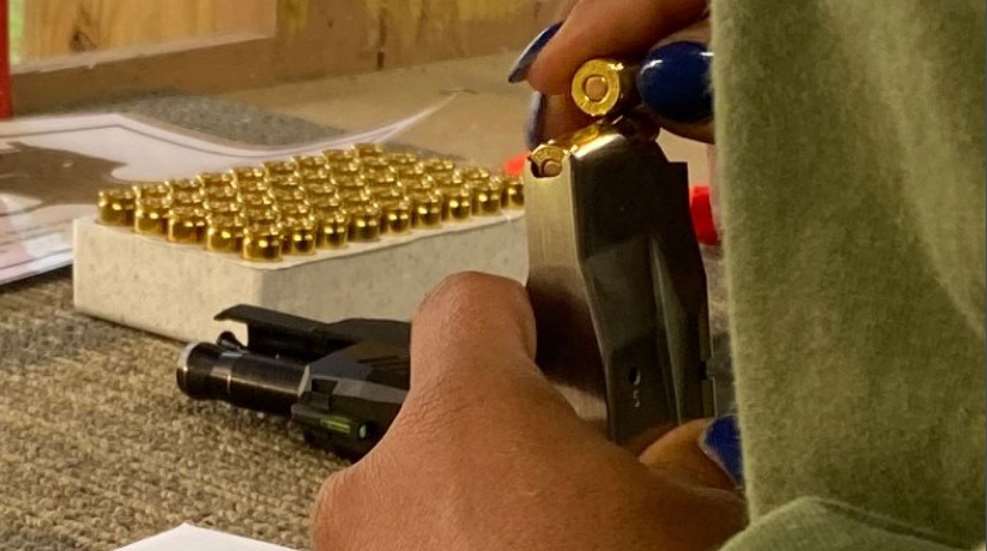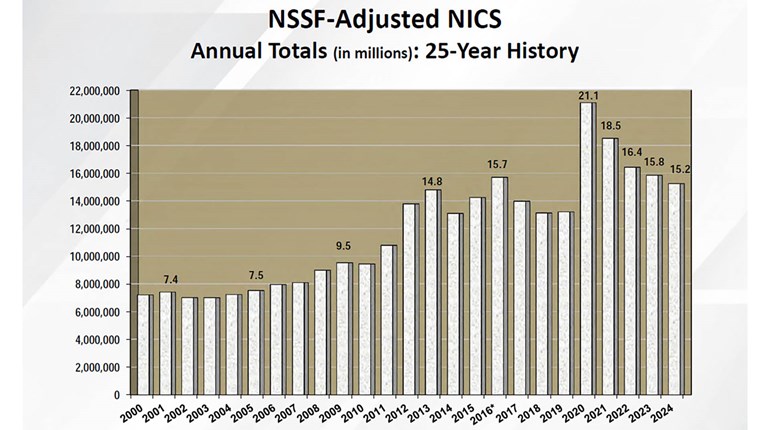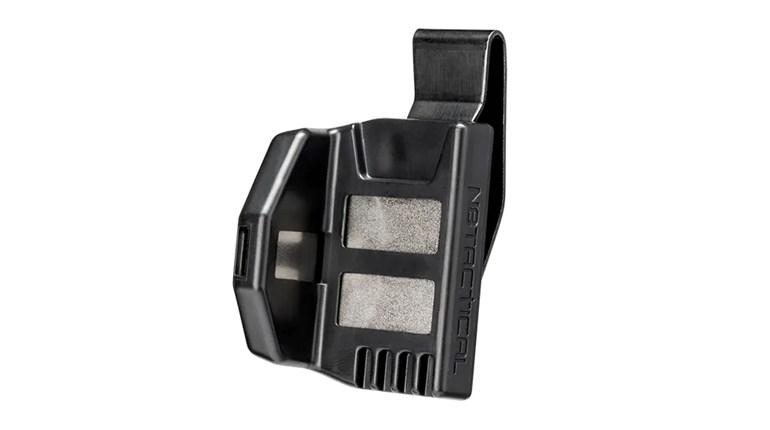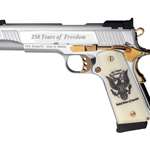
Avid shooters and those who carry firearms for protection believe that it is important to practice, and practice often. One downside to regular practicing is that it puts wear and tear on your equipment. The one component of a firearm that needs special attention, if you practice often at the range, is the firearm’s magazine.

Detachable magazines are one of the integral parts of modern firearms. Magazines are designed to hold cartridges or shotshells until ready to be loaded into the chamber. Most magazines employ a spring to assist in loading a cartridge or shotshell into the chamber. Damaged or worn-out parts of a firearm’s magazine can lead to stoppages and misfeeds. To prevent malfunctions due to faulty magazines, there are certain dos and don’ts regarding their use and maintenance. It is important to know which type of magazine your firearm is equipped with.
Types of Magazines
There are three types of magazines: tubular; internal box; and detachable box. Tubular magazines are usually found in firearms such as pump shotguns and lever-action rifles. These types of magazines are located under the barrel of the firearm.
Internal box magazines are permanently fixed in the firearm. This type of holding device is usually located under the receiver and it is loaded by pushing the rounds through the breach directly into the magazines.
Detachable box magazines can be removed from the firearm, loaded and reinserted into the gun. The detachable box magazine is the most common type of magazine found in modern firearms. The benefit of a detachable box magazine is that an individual can have multiple loaded magazines ready so reloading the firearm can be performed very quickly.

Parts of the Magazine
Magazines are simple devices that hold ammunition and assist in loading a firearm. In the case of pistols, when the trigger is squeezed, the firearm discharges, pushing the slide to the rear and ejecting the spent case. When the slide moves forward, it strips the next live round seated at the top of the magazine and feeds it into the chamber. The firearm is now “in battery,” or ready to fire.
Most magazines are made up of five components. The tube is the outer part and contains all the other pieces. The top of the tube is bent inward on both sides. These are the feeding lips. Care must be taken to prevent the feeding lips from getting bent or misshaped.
The largest component inside the tube is the spring. The spring is depressed when rounds are inserted into the magazine, and it also pushes the rounds upward as they are fed through the action of the firearm when fired. The next component is the follower, which sits on top of the spring where the first round is seated when it is fed into the magazine. The last two parts are the floor (lock) plate and the base plate. These two parts are located at the bottom of the magazine. The floor plate locks the spring inside the tube. The base plate protects the floor plate by preventing the floor plate from failing and allowing the spring, follower and rounds from falling out of the bottom of the tube.
Magazine Do’s
If you believe in practicing often at the range, there are things you should do to ensure that your firearm is always in the ready. Avid shooters should have magazines for practicing as well as magazines for everyday carry so that your everyday carry magazine’s spring retains its strength.
A spring becomes weak or loses its strength because of repeated use. Magazines should be kept either loaded or empty. This is because the constant loading or unloading of a magazine forces the spring to expand and retract. It is this movement that weakens the spring in your magazine. This is referred to as a spring “losing its memory.”
This means that an avid shooter should have magazines for practicing and magazines for everyday carrying. The avid shooter should also occasionally shoot the rounds out of his or her carry magazines to ensure that they are working properly. If any magazine becomes damaged or is not acting right, or if you are experiencing stoppages or malfunctions, the magazine should be discarded.
Additionally, when you acquire a new magazine, you should write the date of the acquisition on the side, or tube, of the magazine. It is a good idea to replace your everyday carry magazines every two years. When your carry magazines reach two years in your possession, rotate them over to your practice magazine supply. This way you are ensuring your carry magazines are retaining their memory.
Periodically, you should inspect your magazines and look for any obvious problems such as cracks, dents or other irregularities. You should also disassemble and clean your firearm’s magazine frequently. It is important to remove any debris that might have entered inside the tube. It is also important to lightly oil the spring, but make sure to remove all the oil from the tube and magazine components when finished. Excess oil could negatively affect ammunition inserted into the magazine.
Magazine Don’ts
Every day carry magazines should not be used for practice. This is especially true if you practice aggressively, such as performing frequent emergency reloads where you drop your empty magazine on the ground. Your carry magazines should never be used during quick reloading exercises where the device is stripped out of the gun and thrown to the ground. This could damage the tube or housing. It is also common for the feeding lips to get bent or become damaged. Additionally, practicing with your carry magazines can cause your magazine’s spring to lose its memory.
In the past, it was common for individuals to “relax” their magazines when they were not in use. Doing this quickly wears out the magazine’s spring. This is no different than practicing with your carry magazines. It is the constant retracting and relaxing of the spring that makes it lose its memory and become weak. This can ultimately lead to feeding problems.
Lastly, it is important not to hoard bad magazines. Damaged or undependable magazines should be discarded immediately. This way they do not mistakenly get put back in rotation, so that your practice keeps getting interrupted. You also should not repair or replace components in your magazine unless you have been trained and qualified to do so.
A pistol’s magazine is one of the most overlooked parts of the firearm. Unfortunately, it is also the part of the firearm that gets the most abuse. That is why taking care of your magazine is vital for the performance of your pistol.
A firearm is a mechanical device that needs all its parts to perform as they were designed to, for the gun to operate properly. Your pistol is useless without ammunition, so you want to make sure that the delivery system that feeds the firearm is working properly.















































